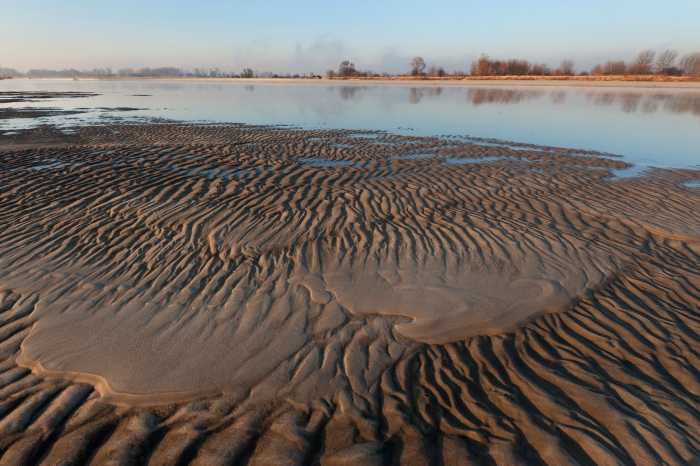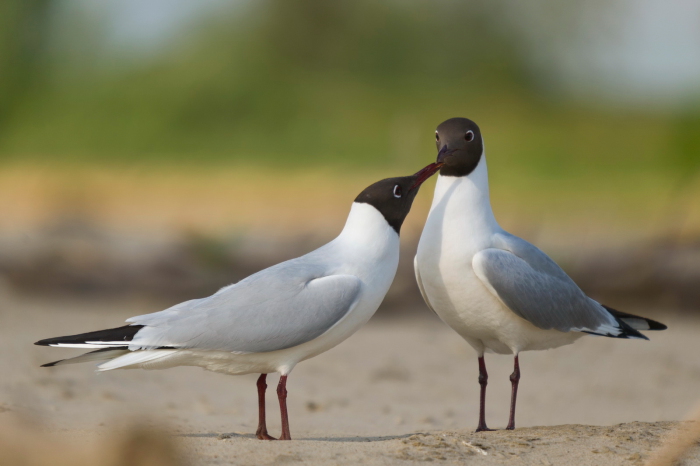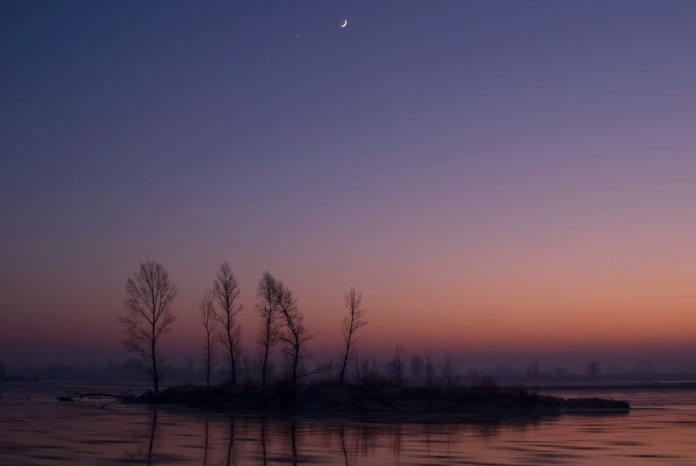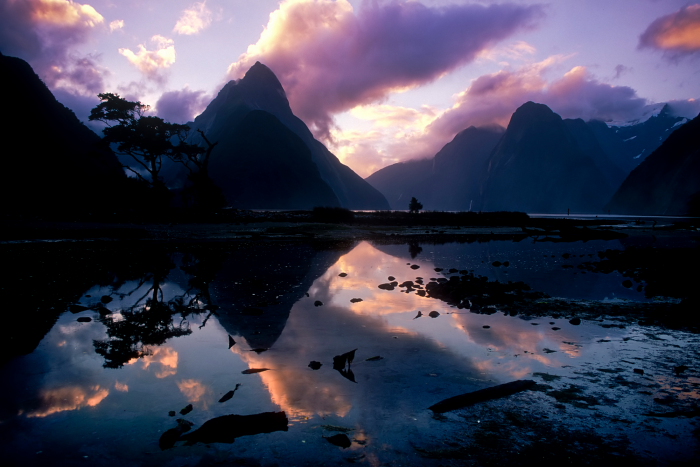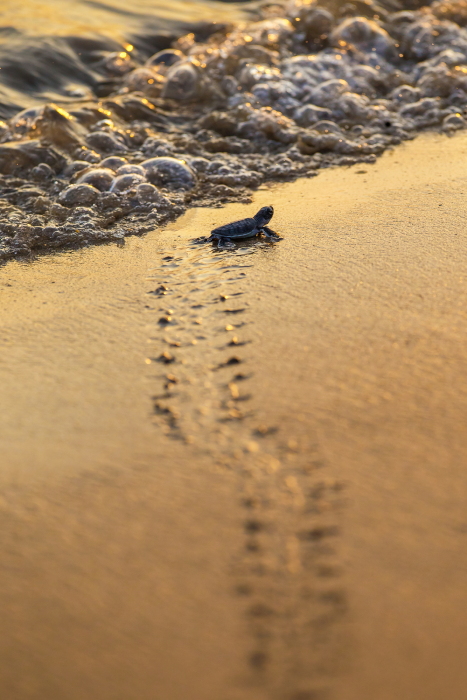An architect, designer and artist-photographer. Doctor of Fine Arts. An enthusiast of analogue photography. She specializes in portrait and artistic photography using traditional photography, non-silver and historical techniques. She promotes alternative photography and darkroom printing. She works with medium and large format cameras. She is a member of the Association of Polish Art Photographers.
She has taken part in over 40 individual and collective exhibitions, among others in Poland, Ireland, Portugal, Spain, Germany and the United States. A laureate of photographic contests, such as the Black&White Spider Awards; the Art Of Photography Show in San Diego, California; the Fotofestiwal in Łódź, the International Color Awards. The Between Two Moons series of portraits created in wet plate collodion process was awarded first place in the Wet Plate Competition Canada. The series has also been exhibited in the Biennale of Photokina, Still Photography at Taylorfest Carlow in Ireland and Biennale of Photography Reykjavik Ljósmyndadagar in Iceland. She has been awarded honourable mentions in the Julia Margaret Cameron Award and the Biennale Of Fine Art & Documentary Photography in Barcelona.
Her photographs have been featured in many publications, including Wysokie Obcasy, Zwierciadło, Zabytki, Weranda – Poland, Soura Magazine – United Arab Emirates, Blow Photo Magazine, Prism Photo Magazine – Ireland, SHOTS Magazine – the United States, SEITIES – Canada.
www.instagram.com/kasia.kalua.krynska
www.kalua.pl
I’m an advocate of emotional photography. I strongly believe in the therapeutic role of art and consider the process of creation itself to be essential. It enables intuitive navigation within an unknown space to allow for self-reflection and reaching one’s own limits. I’m especially interested in motifs from shared areas. All that occurs at the intersection between substance and spirit adds meaning to my work. Analogue photography is my medium. A photographic film while exposed to emotions on both sides of the plate makes the captured reality a biased and multidimensional record.
It creates a room for surprise, randomness and imperfection. In my works, I do not strive for the perfection of the image. In the aesthetics of the flaw, I find new meanings and interpretations that stimulate imagination. By employing alternative techniques, such as wet collodion, pinhole camera or cyanotype, I become more of an alchemist and poet describing a fleeting impression, than a reporter recording the real world.



